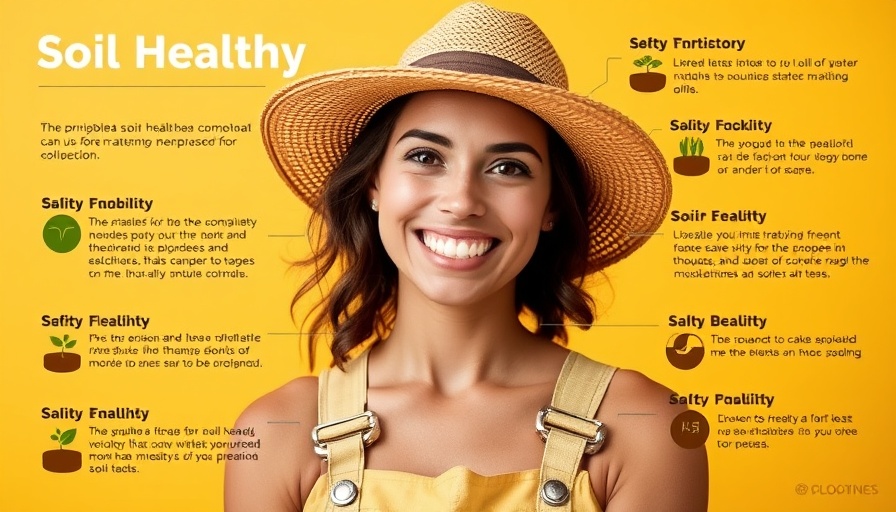
Understanding Gynecologic Cancers: Essential Insights for Women
In our journey toward better health, understanding the risks and symptoms of gynecologic cancers is crucial. With the ongoing discussions around women’s health, a key focus on gynecologic cancers—specifically cervical, endometrial, and ovarian cancer—is more important than ever. In the first episode of the WomenTalk series presented by HealthyWomen, Dr. Amanda Nickles Fader, an expert in gynecologic oncology from Johns Hopkins, sheds light on these diseases that significantly affect women's lives.
In WomenTalk: The Lowdown on Gynecologic Cancer, the discussion dives into vital insights about prevention and treatment, exploring key elements that sparked deeper analysis on our end.
What Is a Gynecologic Oncologist?
A gynecologic oncologist specializes in diagnosing and treating cancers that affect the female reproductive organs. Dr. Fader emphasizes these specialists are essential when it comes to cancers of the cervix, uterus, ovaries, and other related areas. Women experiencing symptoms such as unusual bleeding, unexplained abdominal pain, or who have genetic predispositions should seek a gynecologic oncologist. The survival rates improve significantly when women consult a specialist.
Prevention: Knowledge is Power
One of the most empowering tools at our disposal in combating gynecologic cancers is education. For instance, the increase in awareness around the HPV vaccine has played a significant role in reducing cervical cancer rates. Dr. Fader noted that routine screenings like Pap smears are vital in early detection and prevention. Women are encouraged to get annual wellness exams, which can be life-saving.
Advancements in Treatments for Better Outcomes
The medical field has seen significant advancements in treating gynecologic cancers. Immunotherapy, which strengthens the body’s immune response against cancer, alongside minimally invasive surgical techniques, allows for faster recovery and less pain for patients. Modern treatments are also becoming more personalized, meaning that women receive care tailored to their specific types of cancer. This personalized approach not only extends survival rates but also enhances the quality of life for patients during and after treatment.
Coping with Emotional and Physical Effects
A cancer diagnosis can bring with it an overwhelming sense of fear and anxiety. Emotional support is just as important as medical treatments. Having access to reputable healthcare providers and support groups can help women navigate their journeys. Dr. Fader encourages open communication between patients and healthcare providers, which is crucial for better outcomes.
Community Resources and Support
As Dr. Fader mentions, access to gynecologic oncology services can be a challenge, particularly in rural areas. The integration of telehealth is revolutionizing access to these specialists, allowing women in underserved areas to obtain vital consultations from home. HealthyWomen and organizations alike are advocating for better access and insurance coverage for telehealth services, ensuring that every woman can receive the care she deserves.
Your Health Is Your Priority
Women are often caregivers, putting the needs of others before their own. It’s time to prioritize your health. Awareness of gynecologic cancers is not just about knowing the facts; it's also about taking action. Visit resources like HealthyWomen.org for more information about gynecologic cancer prevention and treatment options. Don't hesitate to schedule that annual appointment and advocate for your health.
Stay informed, stay healthy, and don’t be afraid to seek help when needed. Remember, knowledge is the first step towards empowerment in the fight against gynecologic cancers.
 Add Row
Add Row  Add
Add 




Write A Comment